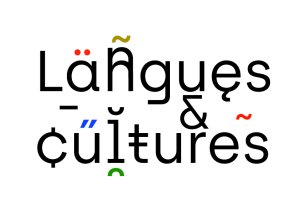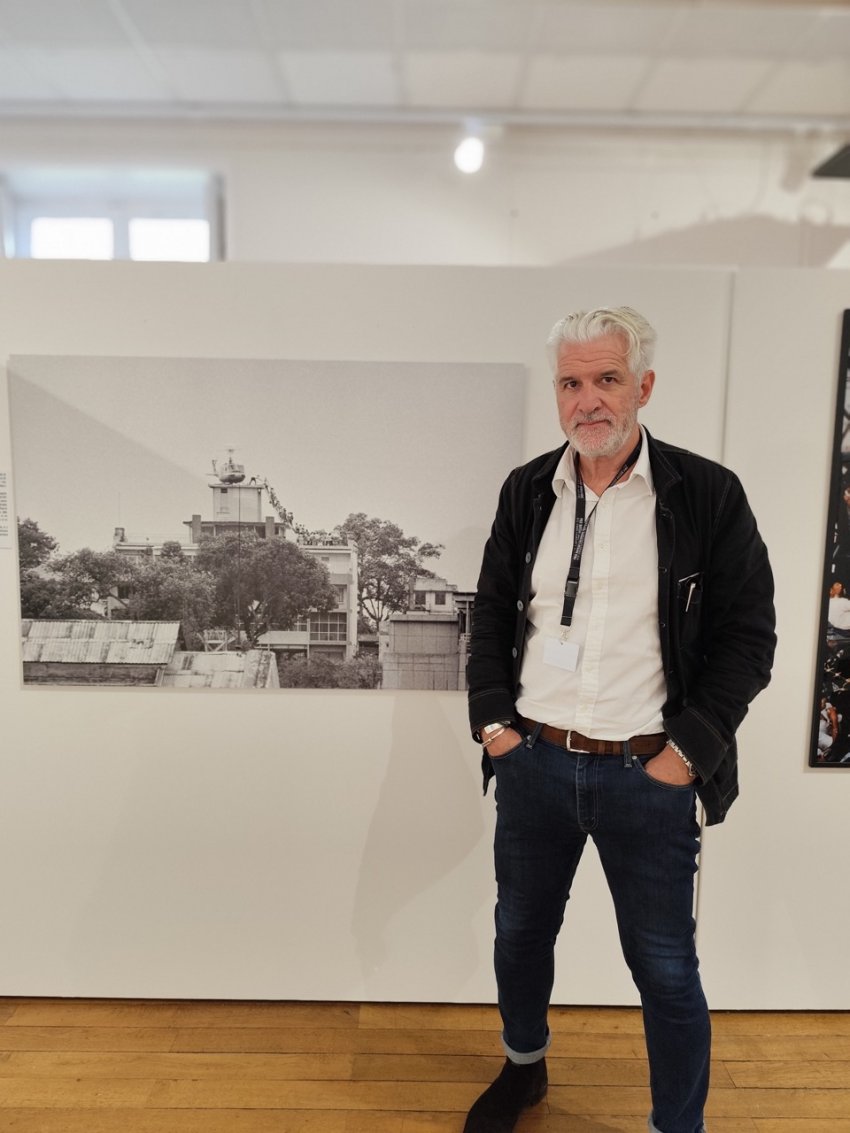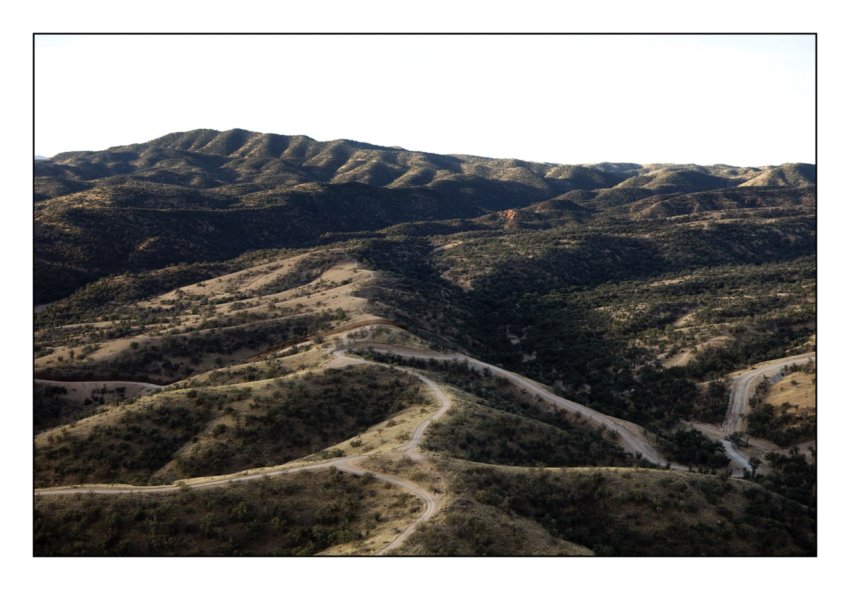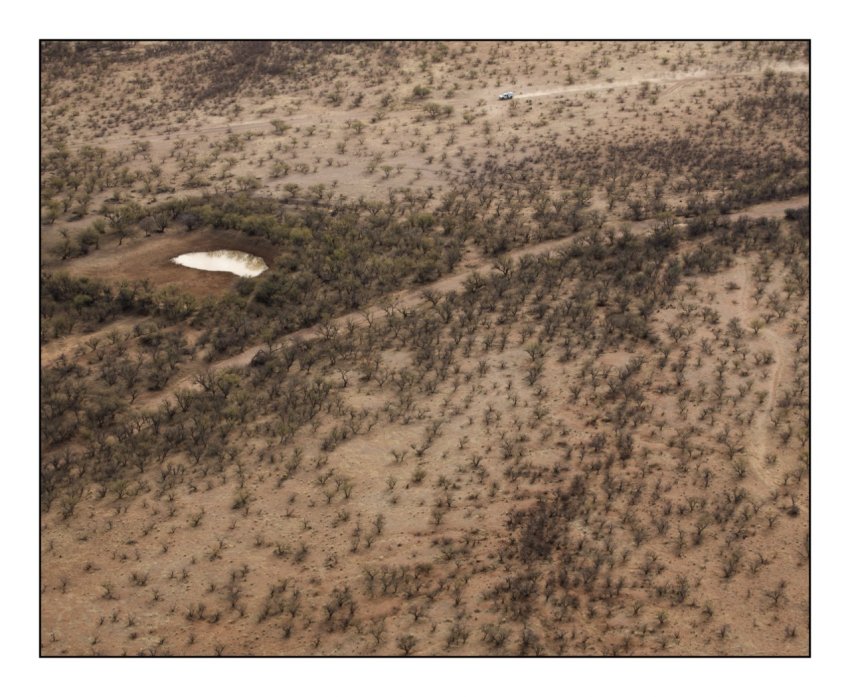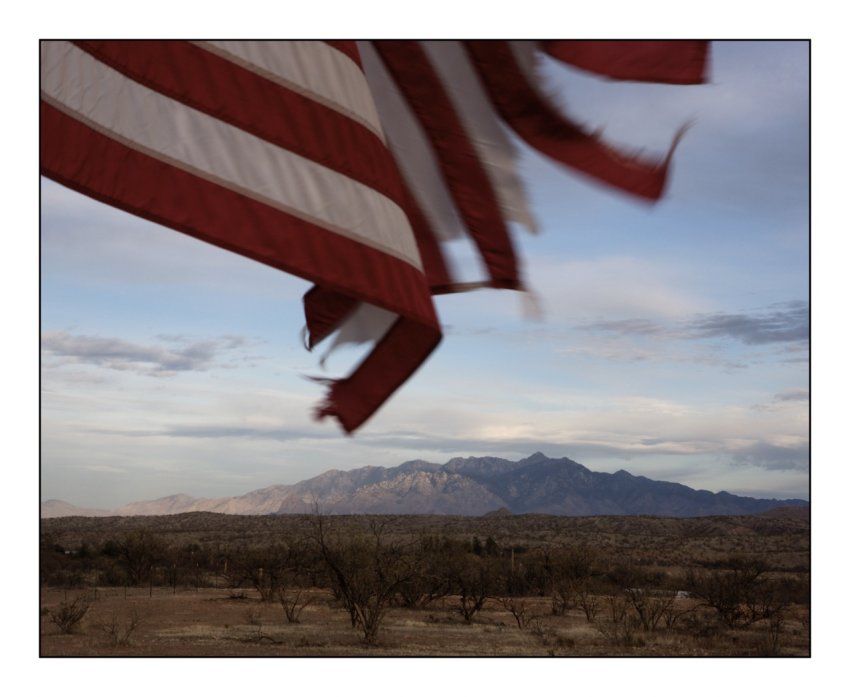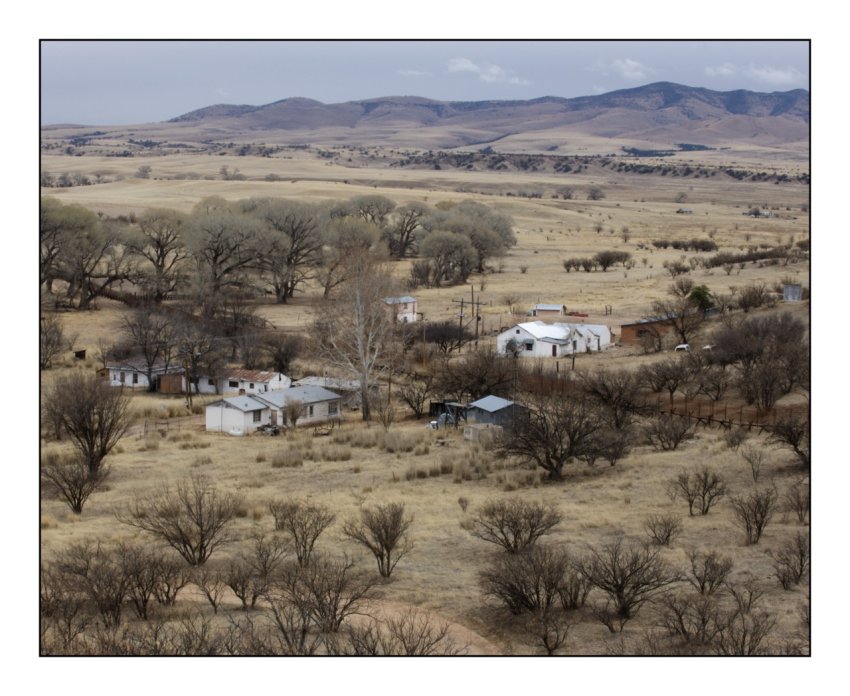Une ressource audio authentique : l’interview de Gary Knight
Gary Knight est un ancien photographe de guerre. Il a cofondé l’Agence VII. Ses travaux ont été publiés par Newsweek, Time, The Sunday Times, The New York Times, Paris Match, Stern et National Geographic. Son œuvre a été exposée dans le monde entier, et fait partie des collections de plusieurs musées et de plusieurs collectionneurs privés. Il a été président du Prix Bayeux, où il a été commissaire d’exposition, avec Jon Swain, de “Avril 1975 - Phnom Penh Saigon” en 2024.
L’interview étant riche et les propos développés, les parties en gras peuvent être extraites du document et utilisées comme « citations » en fonction du niveau des élèves et des objectifs visés. La ressource a pour vocation à faire l’objet d’une compréhension orale.
Les quatre photographies qui illustrent la question 5 sont utilisables dans le strict cadre de la classe, avec l’autorisation du photographe et de l’agence VII.
[1] Can you introduce yourself and tell us about your work experience ?
My name is Gary Knight. I’m Anglo-American. I am the executive director of the VII Foundation, which is a media non-profit. We’re involved in education, we’re involved in storytelling, and we’re involved in advocacy. Prior to that, I was a photojournalist for about 30 years. Mostly I covered war. Daily life was highly unpredictable. A lot of the time was spent waiting, gathering information, researching, talking to local people, wherever you were, trying to understand what was going on or what might happen in the future so that you could be in the right place. And then for a very short period of time, things could get very chaotic. So it was just my job really, my life was about preparing for chaos and making sure that I had all of the information and all of the skills, training that I needed when things materialized, when the story broke, when things happened.
[2] In Bayeux, you are the curator of an exhibition. Can you tell us about that ?
I have curated a number of exhibitions. This is an unusual one for me because it’s from a period of history that I didn’t witness myself. I wasn’t involved in documenting or photographing the Vietnam War or the war in Cambodia. But Indochina is where my career started. So this work, these images and these stories are something that I have grown up with, if you like, in my profession. And I had the privilege of curating this with a very, very dear friend of mine, John Swain, who was in Cambodia in Phnom Penh, when the Khmer Rouge took the city. So this was really a vast research project, some of which took place online, some of which involved calling friends that were there, who are still alive, some of it involved researching, using a journalist in Vietnam–very brilliant journalist in Vietnam–researching the Vietnamese archives. A lot of reading because there’s quite a bit of text in the exhibition…and then John and I understanding and figuring out what story do we want to tell. And then it’s really, once you’ve figured out what story you want to tell, it’s a process then of sequencing images and constructing, you know, putting the story together : Where’s the beginning ? Where’s the middle ? Where’s the end ?
[3] Is storytelling important in journalism ?
I think that storytelling comes in many different forms. And photography, documentary photography, photojournalism is storytelling. And I think humankind has this thousands and thousands of years of storytelling, whether it’s in caves here in France, prehistoric men, or oral histories, in the hill tribes in Southeast Asia, for example. I think telling stories is one of the most important, perhaps the most important form of communication that humans have, you know. And I think journalism is just storytelling. It’s fact-based storytelling, not fantasy-based storytelling, which is, again, why AI has no place in journalism. So, yeah, I think storytelling is what a journalist does. It’s just a form, a very specific form of storytelling.
[4] Did you have a specific style of photographing ? How did it evolve ?
If you look at my website, I think what you’ll see is many different styles. So as you identify, there’s a lot of black and white. And I started my career principally photographing in black and white–frankly, because it was cheaper. And a lot of the photographs that I had consumed as a young adult were black and white. And so that was my reference point, if you like. But I quite deliberately, in my career, tried not to adhere to a style. I always felt that the choice of style, the choice of colour or black and white, the choice of format – panoramic, 35 mil, medium format, square, large format – was really critical to the storytelling process. So I wanted to apply to every story whatever style of photography I thought it needed, which meant, of course…for a lot of editors, that was problematic because they didn’t necessarily, they couldn’t really predict what I might be giving them. So, I ended up really working on projects by myself, producing projects in the way that I felt they needed to be produced and then selling them.
[5] There’s a specific color assignment about the US-Mexico border, could you tell us about it ?
I had the privilege of being given a fellowship at Harvard University in 2009 and it’s a mid-career journalism fellowship called the Nieman Fellowship. And that allowed me to study anything I wanted to at Harvard. And that came at a moment in my life where I decided I didn’t any longer want to be a photojournalist in the traditional sense. I didn’t want to be a photojournalist. I didn’t want to work on assignment. I didn’t want that life anymore. But I wanted to maintain a life in journalism. And so one of the things that I did at Harvard is I didn’t take any pictures and I studied art and I studied the history of the landscape. And I worked with a professor called John Stilgo, who is America’s preeminent landscape historian. And he encouraged me and trained his classes to examine the landscape in a very different way to that that I had examined it in the past. And I started to see the landscape as a really important character, if you like, in a story, rather than just a place where things happened. So when I left the fellowship, the immigration into the United States was a huge story, as it still is. And I thought, well, that would be a very challenging story to apply my new learning. And I wanted to tell the story without photographing any people, simply through understanding the landscape. And that’s what I attempted to do, starting from aerial photography down to sort of macro photography.
Les liens avec les thématiques culturelles des programmes
Les liens avec les thématiques culturelles des programmes sont les suivants :
● 5è, 4è, 3è - voyages et migrations
● 2nde - Le passé dans le présent / Créer et recréer
● 1ère, terminale - Identités et échanges / Art et pouvoir / Fictions et réalités / Territoire et mémoire
● Spécialité LLCER
Voyages, territoires, frontière/ Migration et exil, Ancrage et héritage
Art et débat d’idées / l’art qui fait débat
● Spécialité AMC
Représentations / Informer et s’informer, Faire entendre sa voix : représentation et participation
Environnements en mutation / Frontière et espace
Relation au monde / Puissance et influence, Héritage commun et diversité
Conclusion
L’article proposé s’inscrit dans une dynamique de projets culturels développée dans l’Académie de Normandie. Les ressources proposées par M. Locoge visent à initier l’exploration de nouveaux thèmes culturels au sein des classes grâce à l’utilisation de nouveaux documents, la variété des thématiques abordées permettant en effet d’enrichir la compétence culturelle des élèves.
Pour aller plus loin :
● Site personnel de Gary Knight- https://www.garyknight.org/
● Gary Knight sur le site du Prix Bayeux - https://www.prixbayeux.org/2019/03/31/gary-knight-president-du-jury-de-la-26e-edition/
● Site la Seven Foundation - https://theviifoundation.org/
● Lien vers les ressources pédagogiques du Prix Bayeux - https://www.prixbayeux.org/actions-scolaires/ressources-pedagogiques/
Contact mail : scolaires@prixbayeux.org

